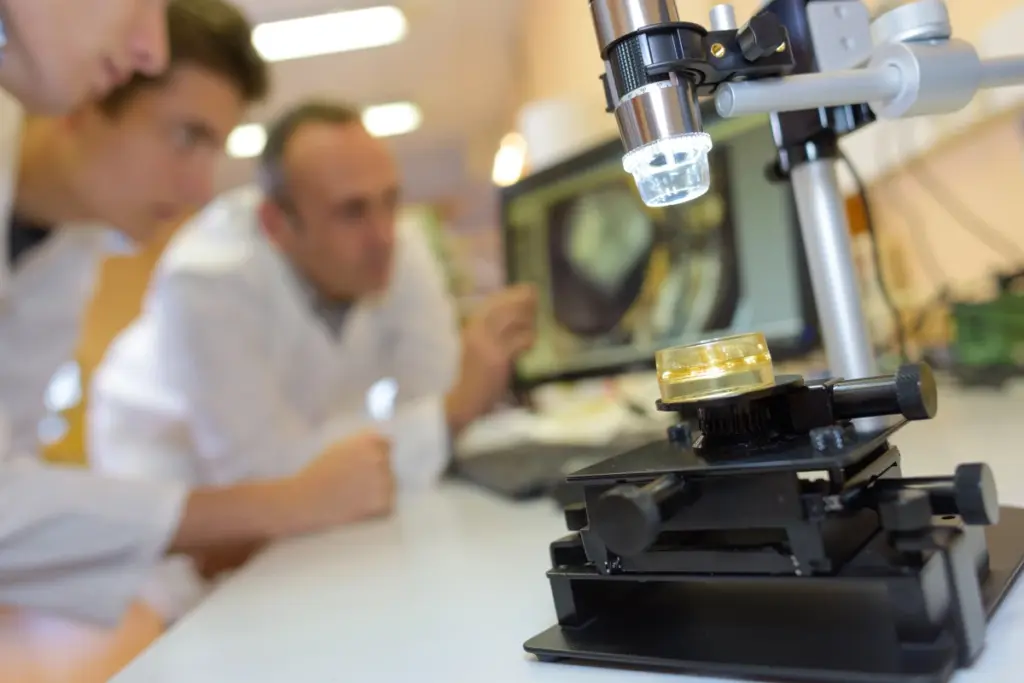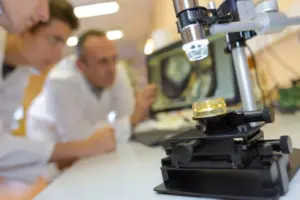
Scientists at the University of California, Riverside have achieved a significant breakthrough in neuroscience by developing the first fully synthetic human brain model. This innovative platform, known as the Bijel-Integrated PORous Engineered System (BIPORES), offers a new approach to neural tissue engineering without relying on animal-derived materials. This advancement not only has the potential to change research methodologies but also aligns with ongoing efforts to phase out animal testing in drug development.
Neural tissue engineering seeks to replicate the brain’s intricate environment, particularly the extracellular matrix, which is essential for supporting nerve cell growth and connectivity. Traditional methods often fall short in mimicking the subtle design features that influence cell behavior. The BIPORES system overcomes these limitations by utilizing a unique combination of materials and techniques to create a stable and functional brain-like tissue.
The primary component of this synthetic model is polyethylene glycol (PEG), a chemically neutral polymer. In its natural state, PEG is non-adhesive to cells, akin to Teflon, which makes it challenging for cells to adhere and grow. To address this, researchers previously developed a technique called STrIPS, enabling the continuous production of porous materials. However, those materials were limited in thickness to approximately 200 micrometers due to constraints in molecular movement during formation.
To advance beyond these limitations, the BIPORES system combines fibrous structures with intricate pore patterns inspired by bijels—soft materials characterized by smooth, saddle-shaped internal surfaces. This innovative design enables the creation of a porous network stabilized with silica nanoparticles, facilitating nutrient and waste transport within the tissue.
Using a custom microfluidic setup and bioprinter, the research team constructed three-dimensional structures with layered, interconnected pores. This design promotes the attachment and growth of neural stem cells while also enabling the formation of active nerve connections. Lead author Prince David Okoro noted, “Since the engineered scaffold is stable, it permits longer-term studies,” emphasizing the importance of mature brain cells for investigating diseases and traumas.
To fabricate this scaffold, the team utilized a specialized liquid mixture of PEG, ethanol, and water. The unique properties of these components allowed for the creation of a sponge-like structure filled with pores that facilitate the exchange of oxygen and nutrients, essential for stem cell nourishment. Iman Noshadi, an associate professor of bioengineering at UCR, remarked, “The material ensures cells get what they need to grow, organize, and communicate with each other in brain-like clusters.”
Currently, the synthetic scaffold measures just two millimeters across, but the researchers are working on scaling it up. They have also submitted a new paper exploring the potential application of the BIPORES approach to liver tissue, indicating a broader vision. Their goal is to establish a network of lab-grown mini-organs that function similarly to systems within the human body.
An interconnected system could enable researchers to observe how different tissues respond to various treatments, thereby enhancing the understanding of human biology and disease. “It is a step toward understanding human biology and disease in a more integrated way,” Noshadi explained.
This layered fabrication technique marks a substantial advancement in biomimicry, improving the ability to study brain tissue behavior and opening doors for testing new drugs and developing treatments to repair or replace damaged neural tissue. The study detailing these findings was published in the journal Advanced Functional Materials, underscoring the significance of this research in the field of bioengineering.







